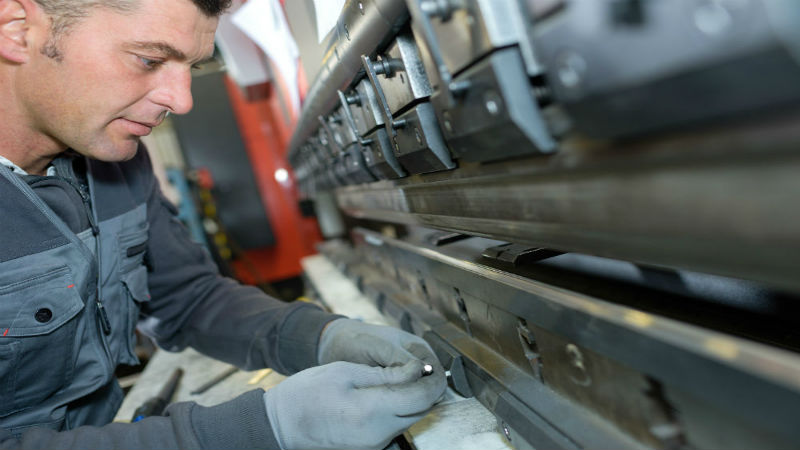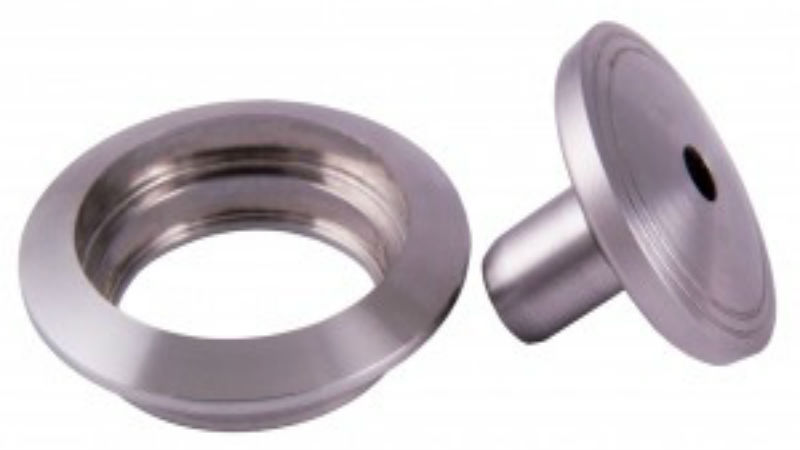Most processing and manufacturing businesses operate with high powered equipment using high voltages. In fact, it’s not uncommon to see three phase power in small to medium size facilities. However, behind the scene, industrial control panel manufacturers design panels which control operations and they possess an artificial intelligence all their own. Let’s go inside the panels and take a look at this fascinating world.
A Typical Motor Control Circuit
Suppose you want to control the operation of a conveyor belt. You would not need a lot of components from industrial control panel manufacurers. However, a typical control circuit is 120 volts and may operate a large induction motor to run a conveyor, which may be three phase 480 volts. Why such a difference in voltages? You can use much smaller components with lower voltages and they work fine for switching high voltage equipment.
Contactors
Contactors are the simplest and most effective mechanisms that industrial control panel manufacturers make. The unit is made of an electromagnetic coil which closes a set of metal contacts, designed to complete a circuit when they close.
Motor Starters
When you need to manually start and stop a motor, a starter is a good choice. Many have momentary contact buttons and when the “on” button is pushed it energizes the motor contactor points, to send power to the motor. The “off” button opens the contacts, stopping the motor. A heat sensitive overload circuit opens the circuit to prevent the motor from overheating.
Other Components
Industrial control panel manufacturers design panels to hold a wide range of components. For example, there are several types of timers which can be used to start and restart equipment. This may be required for filling packages or cartons. With illuminated buttons and switches, it is easier for operators to monitor conditions. This gives you a quick glimpse into the world of control circuits.


